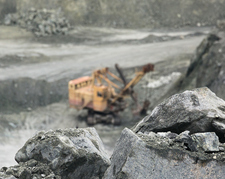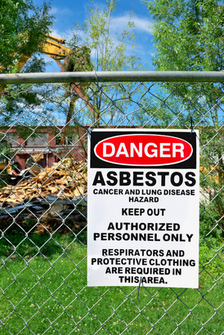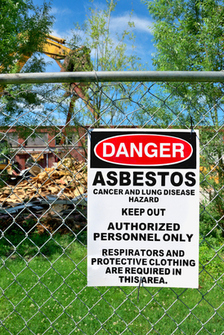 An asbestos cancer lawsuit brought by a 73-year-old former Duke Energy technician recently went to trial in Spartanburg, South Carolina. In this case, the mesothelioma plaintiff alleges that the defendants, several energy equipment manufacturers, utilized asbestos-tainted products that caused the plaintiff’s cancer. The plaintiff alleges that although his employer, Duke Energy, took proactive steps to mitigate the risk of mesothelioma and other serious diseases, the defendants, Fisher Controls International LLC and Crosby Controls International LLC, supplied asbestos-tainted gaskets for pipe valves.
An asbestos cancer lawsuit brought by a 73-year-old former Duke Energy technician recently went to trial in Spartanburg, South Carolina. In this case, the mesothelioma plaintiff alleges that the defendants, several energy equipment manufacturers, utilized asbestos-tainted products that caused the plaintiff’s cancer. The plaintiff alleges that although his employer, Duke Energy, took proactive steps to mitigate the risk of mesothelioma and other serious diseases, the defendants, Fisher Controls International LLC and Crosby Controls International LLC, supplied asbestos-tainted gaskets for pipe valves.
According to the lawsuit, the plaintiff began working for Duke Energy in 1979 as a pipefitter in its various nuclear facilities in South Carolina before retiring as an ultrasonic quality control inspector in 2003. The plaintiff claims he suffered from asbestos exposure during final inspections of gaskets and pipe valves. The plaintiff’s start date at the facility is of particular importance in the trial, as asbestos has been heavily regulated and designated a known carcinogen since the mid-1970s.
As is often the case in asbestos cancer lawsuits, the defendants claim that although the plaintiff’s mesothelioma was most likely caused by asbestos exposure, the dangerously designed and manufactured products were not the cause of the disease. The counterclaims are an all too common example of the lengths many powerful asbestos manufacturers often go to avoid taking responsibility for producing such dangerous products, knowing all the while doing so put innocent people at risk.
 Asbestos & Mesothelioma Law Blog
Asbestos & Mesothelioma Law Blog










